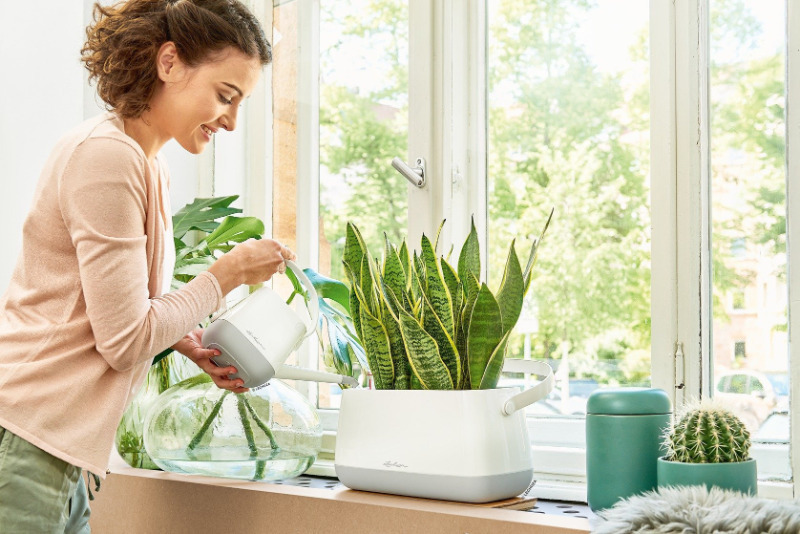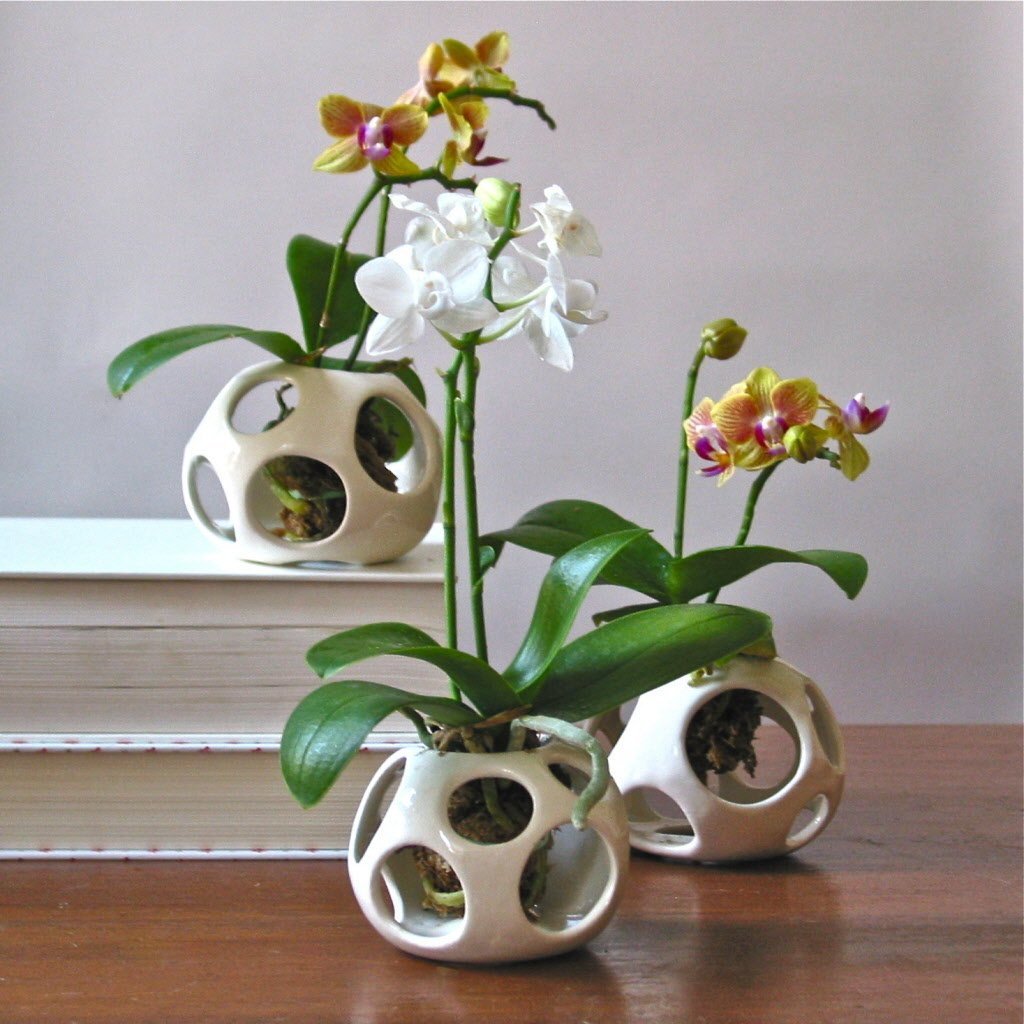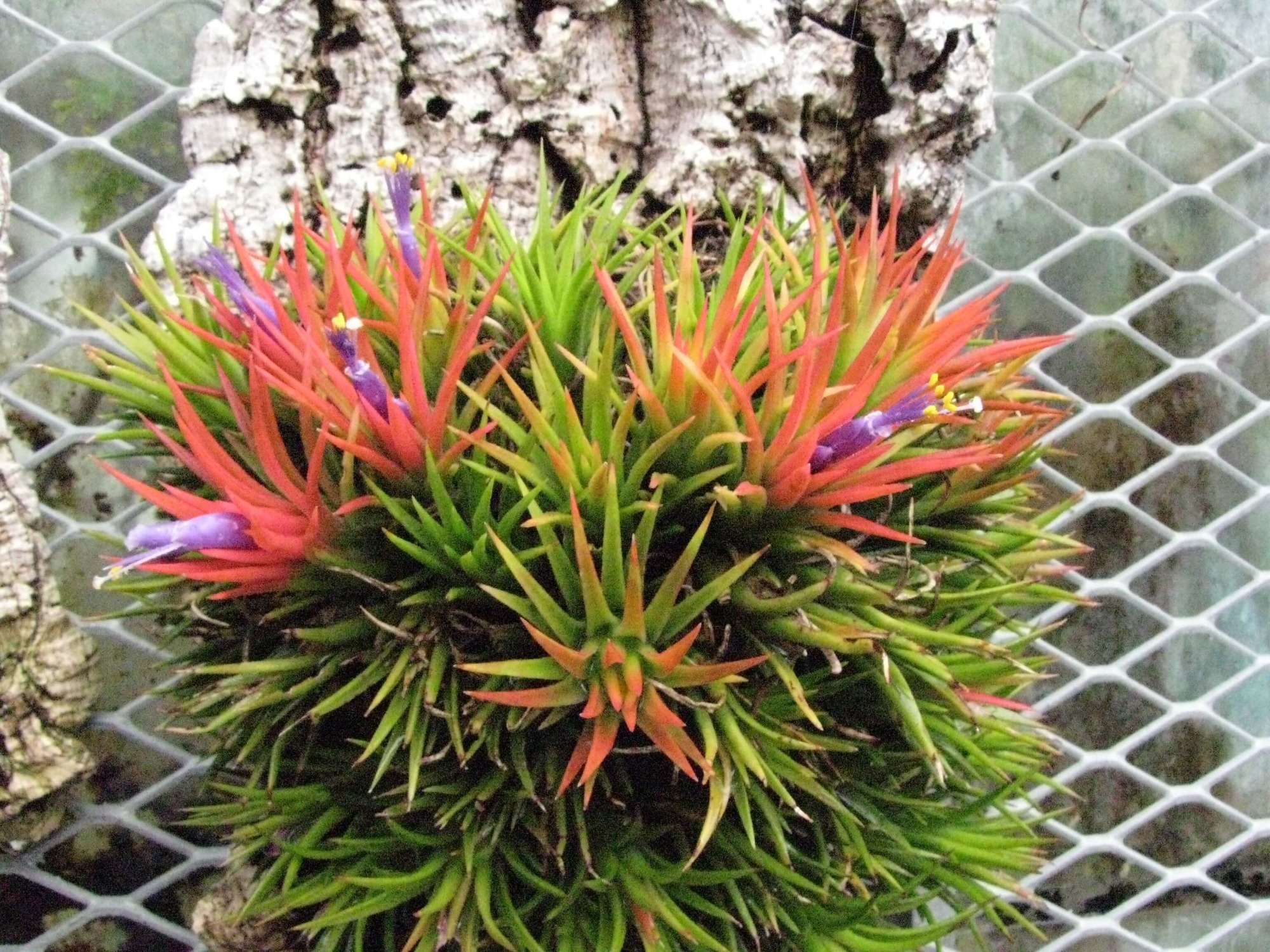One of the common problems encountered in flower care is over-flooding the plant with water. Symptoms of waterlogging of the soil can be darkening or falling leaves, the appearance of moss on the ground. There are several ways you can help save flowers.

Remove the plant from bright light and heat
The first step to rescue is to move the flower pot to a cool shaded place. Considering that the plant breathes not only with roots, but also with leaves, after being flooded with water, it desperately needs fresh air.
The sun's rays and radiators create a damaging greenhouse effect. In such an environment, fungal or bacterial microorganisms begin to actively develop. Therefore, the pot must be removed from bright light and heat.
Avoid drafts
Keep the filled indoor flower in a place protected from drafts. If in such a weakened state it falls under the flow of cold air, it will suffer another stress and, as a result, it will begin to turn yellow or even shed the leaves.
The damage caused may further manifest itself as a lack of flowering throughout the next season.
Drain all water from the trays
If you have poured excess liquid into the pot, be sure to empty the trays from it when it drains into them. Stagnation of excess moisture leads to root rot.
Dry and pour with a weak solution of potassium permanganate
Drying is the next step to saving the flooded flower. We clean the roots from wet soil, and wrap the remaining earthy lump with paper towels, after which we wait for them to be saturated with moisture.
After that, we replace the wet towels with new ones to dry the soil and roots to a state of low moisture. If there is no rot on the roots, then the dried plant, treated with a solution of potassium permanganate, can be returned to a pot with slightly moist and loosened soil.
We take out the plant from the pot
If drying the flower did not help, you will have to act in a different way. First of all, remove it from the pot and examine the roots to see how badly damaged they are.
Roots damaged by rot can be seen immediately. They begin to exfoliate, and if you pull them down with two fingers, a dark gray or brown skin will slide down, under which a bundle of tough light vessels will remain.
We free the roots from the ground as much as possible
When removing the plant from the pot, it is important not to damage the fragile root system. Place the earthen lump along with the roots in a bucket of warm water and rinse the plant.
After that, remove the earth, and if some of the lumps cannot be removed by hand, then cut them off with scissors.
Removing rotten roots
Rinse the roots under the tap, and then cut off the dead with clean scissors to healthy tissue. This must be done, because rotten parts are a source of infection.
Then soak the surviving roots for twenty minutes in a weak solution of potassium permanganate or in a solution of foundationol (stir two grams of suspension in one liter of water).
Sprinkle the places of the cuts with coal
Cutting the roots always injures the plant, and an unhealed wound becomes one of the causes of the death of the flower. Use crushed charcoal to prevent moisture loss and rot.
Apply it to the bottom of the cut roots, then place the plant in a new pot.If charcoal is not available, replace it with activated charcoal purchased from a pharmacy.
We plant in a new land
If the roots of the flower have decreased, use a smaller container for transplanting. If you decide to keep the old pot, then wash it with soap and water before planting. The old earth does not need to be dried. Better to use new soil to avoid contamination.
Move the transplanted plant to a shaded place for a week to protect it from the sun's rays. The first time after transplanting, flowers need to be watered in two to three days. They should be fertilized after a month and a half so that the plant adapts and resumes growth.
Add Fitosporin to watering
In order for the transplanted plant to improve immunity and metabolic processes, use water with the addition of Fitosporin for irrigation. This drug will protect it from re-infection and harmful microorganisms.
To treat indoor plants from bacteria and fungi, dissolve two drops of the substance in one glass of water. It is enough to use Fitosporin once a month.
Sometimes flower growers delay the rescue of flooded plants, believing that an unplanned transplant will harm them. However, waterlogging is more destructive than moving to a new container.


